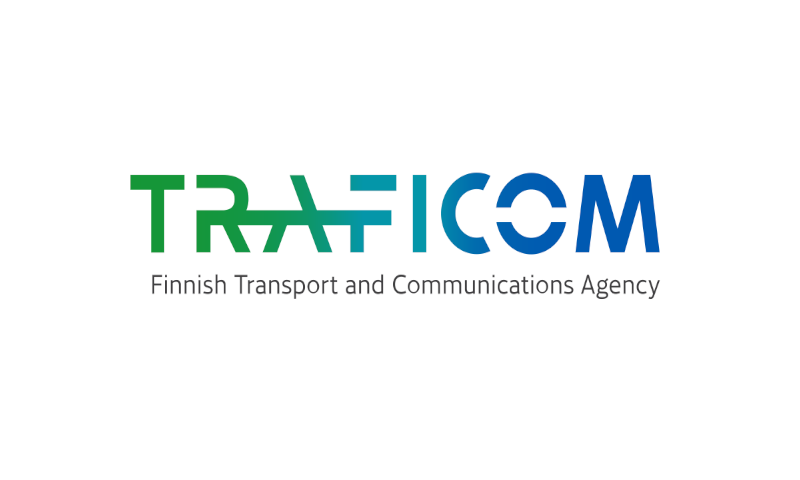Last modified more than a year ago

How can infrastructure enable CCAM?
TRAFICOM (Finnish Transport and Communications Agency)in collaboration with the European Commission, Conference of European Directors Roads and IFFSTAR organised a webinar on “How can infrastructure enable CCAM?” on 23 June 2020. The aim of the session was to reach a joint stakeholder view for European co-operation framework for the next five years. The session was initially planned as part of the TRA2020 conference and was resulted as a webinar due to the COVID-19 pandemic.
Connected, cooperative and automated mobility (CCAM) is a complex ecosystem where infrastructure has an important role to play. The new necessities of CCAM for physical and digital infrastructure have been researched and investigated in numerous RDI initiatives and still some questions are found unanswered.
During the webinar, the lessons learned and perspectives into the development of infrastructure for new mobility era were discussed. Also, the concepts of Operational Design Domain (ODD) and Infrastructure Support Levels for Automated Driving (ISAD) were presented and discussed.
The session started with an introductory speech by Alina Koskela, Special Adviser, Finnish Transport and Communication Agency, Traficom. She also acted as moderator and introduced all the speakers.
Later Tom Alkins, DG RTD, the European Commission took over and presented on “CCAM infrastructure – the role of Research, Development and Innovation“. He presented objectives for CCAM infrastructure, and expressed: “If we want to reap the societal benefits of CAD, the we have to full fill other objectives in the environment, not only the digital ones or technology but we should also focus on the legalities and also should be able to integrate into the current mobility systems by involving user who are willing to use it.”
He also expanded on the working groups currently working on physical and digital road infrastructure. He presented the CCAM vision and expected impacts for society like safety, environment, inclusiveness, and competitiveness. He concluded by presenting the projects like INFRAMIX, TransAid and invited participants to join the final events to learn more about the infrastructure of CCAM.
Following, Sergio Barbarino, ALICE Vice Chair, Research Fellow, Procter & Gamble spoke on the perspective of logistics on “How can infrastructure enable CCAM: expectations from end users”. Speaking on it, he expressed: “We have to be proactive and there is no point in waiting for the future to happen, I think the opportunities are amazing. But if you want to predict the future, the best way is to create it” .
Aria Etemad, Senior Project Manager, Volkswagen Group later presented the L3Pilot project to the audience and expanded on the piloting automated driving on the European roads. He presented how the Level 3 automation works and presented the cities where pilot testing is currently ongoing. He expressed the digital link here was the infrastructure is very important for automation systems to run perfectly.
Renske Martijnse-Hartikka, Smart Mobility Project Coordinator, Senior Project Manager, Forum Virium Helsinki presented and introduced the FABULOS project to the audience. She presented how city of Helsinki is leading the autonomous vehicle revolution with many ongoing research projects. She later expanded on the importance of digital and physical infrastructure such as smart traffic lights, road/green maintenance etc. for shuttles to work with its full potential.
Sabine Kuehschelm, Road Director, BMK, Austria presented the perspective of environment and climate change on how it builds enormous pressure on politics to reduce greenhouse emissions whilst transport being a major emitter. She said automation must deliver not only safety and better use of infrastructure, it should also enable and safeguard environmental benefits. She expressed, four major areas such as safety, environment, demography, and economy need to be addressed and become green and digital. She later concluded by presenting the National Austrian action plan for future infra projects as infrastructure is the key domain for future research initiatives.
Finally, Jan Juslen, Director, Information Management, Finnish Transport Infrastructure Agency, presented the infrastructure manager’s perspective and showed the existing data and anticipated data services in the future.
The session brought together innovators and authorities to discuss the existing challenges and lessons learnt from other pilot projects. The key questions remained on how to transition from research and development to deployment of infrastructure for CCAM. The webinar concluded with an interactive question & answer session.
To read the article by Traficom, click here. To watch the webinar recording, click here.
Picture: TRAFICOM


